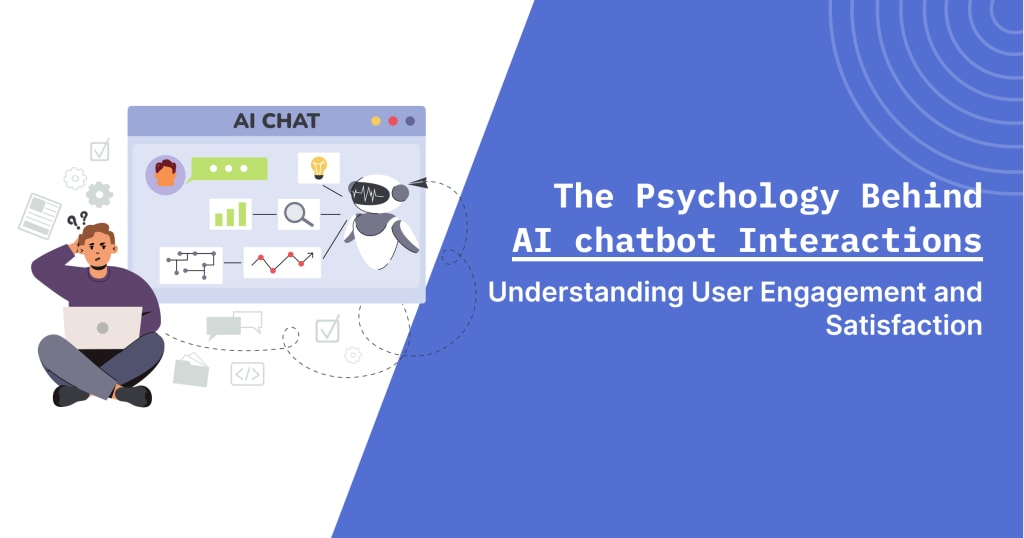The Psychology Behind AI Chatbot Interactions: Understanding User Engagement and Satisfaction
Improving User Satisfaction through AI Chatbot Interactions

Isn't it interesting how much technology is advancing? Artificial Intelligence (AI) has totally changed human interaction with computers. The psychological aspect of why people engage with or are satisfied by AI chatbots is one of the most riveting subjects in this area.
First things first - Establish trust
Trust is a key element of all human interactions; it is also important in interactions between humans and AI chatbots. In regards to that issue, it is argued by some people that 87.2% of consumers who interact with chatbots have had perceptions which are either neutral or positive. The survey also shows that they believe in them because they are able to offer accurate information as well as help whenever necessary.
Transparency
A chatbot user is more likely to depend on the responses and services of the system for information if it is consistent in giving correct answers, fulfilling their wishes, and this implies the need for great knowledge of language as well as access to the latest data available. For users, it is important to have transparency whether chat is going on with a bot or human. The user should know this since it helps people understand where they should draw lines in terms of chatting online knowing limitations of a bot.
A chatbot which behaves congruently will be perceived as more reliable by users. When its tone suddenly shifts, there will be erosion of trust also.
Empathy and Personalization
Empathy is vital for human interactions and now chatbot development organizations are increasingly integrating empathy into interactions with chatbots in order to achieve user satisfaction which consequently leads to growth opportunities for companies.
AI chatbots analyze users' emotions through their language and tone and then adapt their own emotions to fit with user feelings like satisfaction or frustration. The responses are empathetic and show to the user that they are understood which enables them to develop some relationship and trust based on simple gestures like sympathy or advice that are commonly shown to increase customer contentment.
Users preferences, past interactions and contextual information are used to make personalized experiences that personalizes its interaction with users, this saves time of users and also reduces the frustration level. If we compare old bots to new we can definitely say the improvement is commendable and this will be improved further based on the feedback which we as a user give. As a responsible user one should provide a genuine suggestion for improvements in chatbots functioning which helps development companies to make necessary changes.
Dealing with Cognitive Load
Do you understand what cognitive load means? This refers to the amount of mental effort that is needed in order to process information, and complete tasks.
What would be the result if you were given all the information at once? It will get bounced. This is why chatbots based on artificial intelligence must be programmed with an increment of knowledge in a manner that makes it comprehensible to users.
In order for a chatbot’s messages to be understandable, make them concise. Bots to provide the responses as the conversation continues. As humans, we always want responses that directly answer our question or else we get annoyed as well as lead to poor end user experience.
In closing, we could say that AI chatbot interactions’ psychology is diverse; they involve trust, empathy as well as cognitive load handling which when comprehended could lead to better chatbot design and development that would provide users with greater engagement, satisfaction.
Psychological insights will become even more adept at helping artificial intelligence for chatbots grow to its limits across different fields with AI advancements.
About the Creator
Enjoyed the story? Support the Creator.
Subscribe for free to receive all their stories in your feed. You could also pledge your support or give them a one-off tip, letting them know you appreciate their work.





Comments
There are no comments for this story
Be the first to respond and start the conversation.